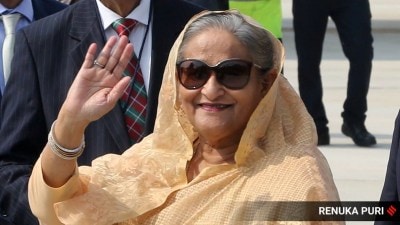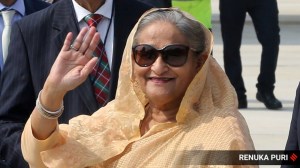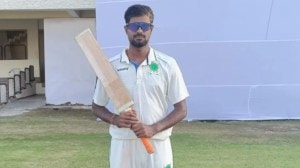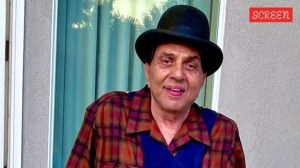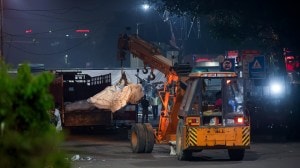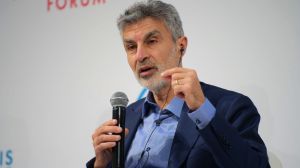Why everyone’s talking about Deepti Kapoor’s Age of Vice
Touted to be one of the year's best books, the Lisbon-based writer on what led to her second coming
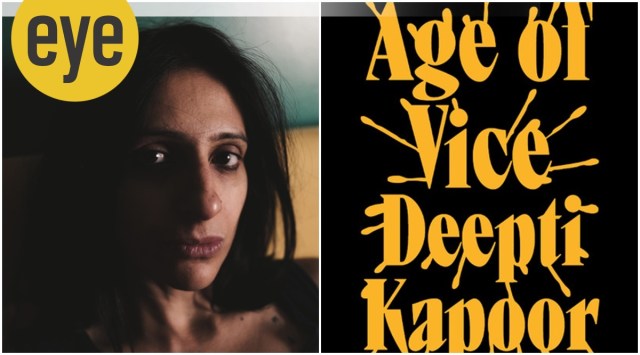 Lisbon-based Deepti Kapoor's Age of Vice has been called India’s answer to The Godfather. (Source: Juggernaut Books)
Lisbon-based Deepti Kapoor's Age of Vice has been called India’s answer to The Godfather. (Source: Juggernaut Books) In 2019, when the manuscript of her second novel Age of Vice (Juggernaut, Rs 899), set off an unprecedented international bidding war, its rights snapped up by publishers in over 20 countries and FX Studio locking it for a series, writer Deepti Kapoor’s first impulse was one of exquisite relief. “I’m quite introverted. I don’t like being the centre of attention. But at the same time, I just wanted to keep on writing. We (her husband and Kapoor) had moved from Goa to Lisbon in 2018, and were pretty broke. So when the novel sold, as a professional writer who was struggling to pay the bills, I was just relieved,” says the 42-year-old, over a Zoom call from her home in the Portuguese capital.
Kapoor’s cautious reaction though is hardly a barometer for the pre-publishing raves her just-released book had generated. An early review of Age of Vice in The Guardian last month called it “India’s answer to The Godfather”; there are comparisons with Suketu Mehta and Vikram Chandra elsewhere; social media is flush with breathless praise about the novel, that Kapoor says is the opening act of a planned trilogy; and publishers have declared it to be the novel of the year. Set in Delhi and parts of UP, and alternating between 1991 and 2008, the opening sequence of Age of Vice sets the tone for the binge-worthy edge-of-the-seat thriller that follows: in the desolate hours of the night, a speeding Mercedes plows into five people, including a pregnant woman, who has newly arrived in the city. The car belongs to the Wadia heir, Sunny, but when the cops arrive, it is his Man Friday, 22-year-old Ajay, sitting at the wheels, apparently inebriated. What follows is a sweeping account of the nexus between power, wealth and politics, the abysmal dissonance wrought by economic disparity in neo-liberal India and the violence that threatens to bring down its tenuous scaffolding. Kapoor writes with a deft hand, her words urgent and visceral, drawing her readers into this fractured world of those who have it all and those who must make do.
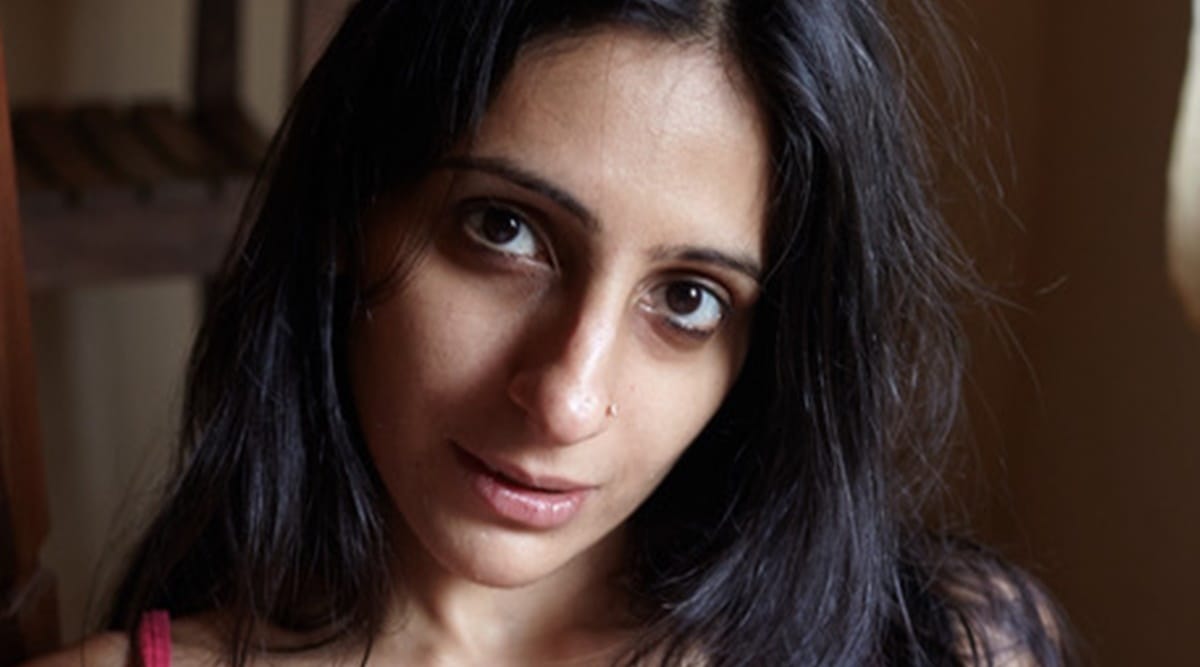 Deepti Kapoor’s novel set off an unprecedented international bidding war. Source: Juggernaut Books
Deepti Kapoor’s novel set off an unprecedented international bidding war. Source: Juggernaut Books
Like Neda Kapur, the investigative journalist and the third cog in her drama, Kapoor had once been a journalist in Delhi, trawling its streets for stories in her 20s. “I had a very open brief as a trainee correspondent, and I collected a lot of stories. I always thought it was material I could put into something. I also had this nightlife — I had fallen in with a bunch of pretty, powerful, rich young Indians, and I used to party with them. It was the early aughts, an incredibly exciting time to be there, because of the explosion of everything. Gurgaon and Noida were being born; the first mall, the first Metro; it was like the city of firsts. I have always wanted to write about post-liberalisation India just by virtue of being there, but I didn’t want to write only about the privileged. I wanted to write about corruption, the extreme inequality, about gangster capitalism. I had this one idea, and then it just kind of snowballed,” she says.
But before Age of Vice, there had also been another book, A Bad Character (2014, Penguin), her debut novel that took off from her own life. Kapoor’s return to Delhi had been marked by its own upheavals. The city was both home and not quite — her father, a banker, had been posted in Bahrain when the Gulf War began. Fearing disruption, Kapoor had been dispatched to Welham Girls’ School in Dehradun for a more stable childhood. By the time the family returned to India and settled in east Delhi, Kapoor was ready to start college at Delhi’s Lady Shri Ram College. “After living in a hostel and not really having a very deep relationship with my parents, I was suddenly stressed to be back into the family fold. And then my father got very sick and died. My way of dealing with the grief was to get out of the house and to rebel against the strictures of family life that my mother wanted to impose on me. She was recently widowed, suffering herself; my brother had moved abroad to work, my grandma had just moved from UP to be with us. It was a strange situation with three women of different generations jostling and fighting with each other, dealing with their own private griefs and traumas,” says Kapoor.
A Bad Character had drawn mixed reviews — “I was criticised for being inward looking, a little solipsistic,” says Kapoor, “It was partially autobiographical, there was the girl dealing with the death of her boyfriend, which happened to me, but the book was my way of exploring grief, desire, trauma and a girl coming of age in New Delhi.”
Afterwards, Kapoor says, her life took a turn for the steady. She met her husband, got married and moved to Goa. While they worked on their writing careers, she taught yoga to foreigners while her husband dabbled in photography. “I always wanted to write something political. I thought, I’ve done that small novel, now I want to write something on a bigger canvas,” she says. It would be the horrific 2012 New Delhi gangrape that would eventually lead her to Age of Vice. “It made me get into the process of corruption, why it happened in the first place. But it also made me think that you have a duty to write not just about your own kind of feelings, desires and ambitions, but also to explore all that’s happening in India, while recognising that the fruits of liberalisation — whether it was more freedom, opportunities, all that I enjoyed it — was built on a foundation of extreme inequality,” she says.
In an essay, “Driving in Greater Noida”, in Granta magazine in February 2015, Kapoor writes of the erasure of an older way of life as new high-rises come up, each with promises of greater exclusivity. Outside these gated communities, older certainties make way for newer deprivations. “These are the birth pangs of a new Indian city. A period of flux, of creation; of change and loss. Omelettes and eggs. Life and death. It will settle. The question is, what will be here when it does?” she wonders.
In Age of Vice, Kapoor follows that trail of thought across incendiary possibilities in the hope that fiction will help her find an answer.



- 01
- 02
- 03
- 04
- 05


